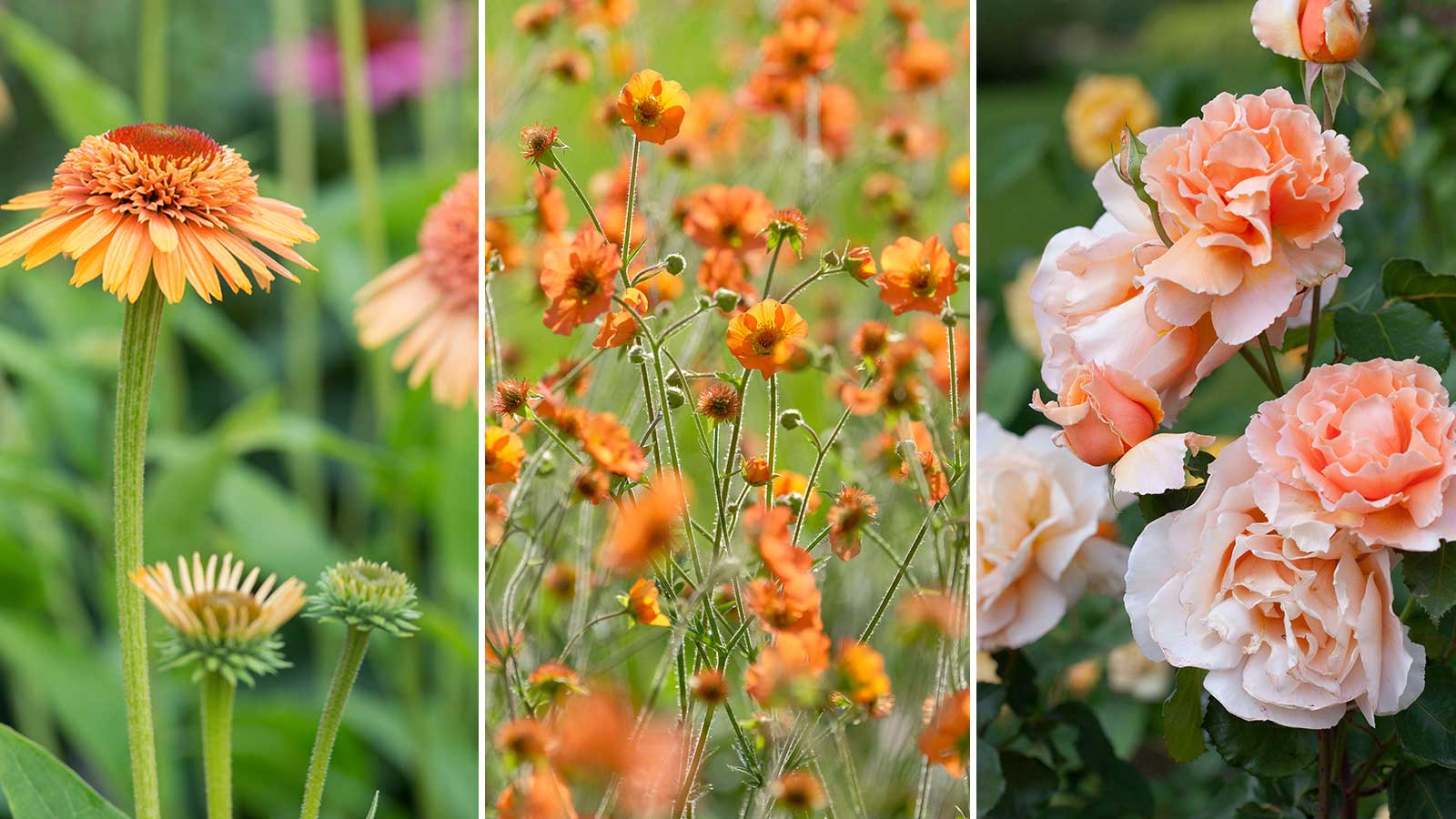
To me, apricot cut flowers are reminiscent of hazy summer days, and bring a relaxed and romantic touch to a bouquet. Their gentle hues are soft and warm, just like a bowl of ripe apricots in the sun, and they marry beautifully with other fruity colors.
If you're as much of a fan as I am, it's worth considering this color when planning your cut flower garden. There are a few stunning varieties to suit, including easy-care perennials that will come back year after year and budget-friendly annuals that can be grown from seed.
Below are five top options for your flower garden, that look just as beautiful outdoors as they do in a vase. You'll also find plenty of tips alongside, from professional flower growers.
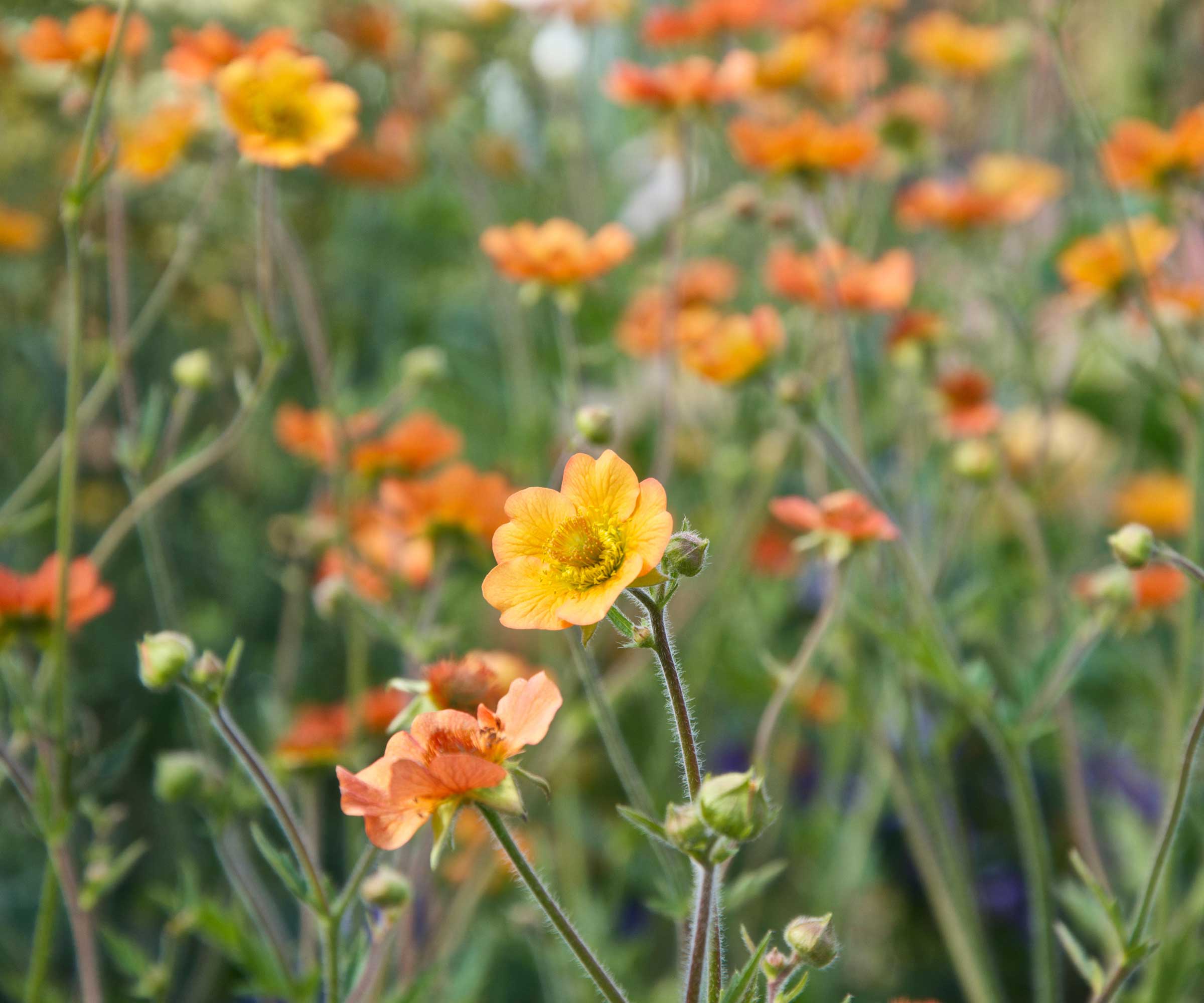
5 apricot cut blooms to grow in your yard
There are plenty of best cutting garden flowers to choose from. But if it's a splash of apricot you're looking for, these five picks are perfect.
1. 'Cornel Bronze' dahlia
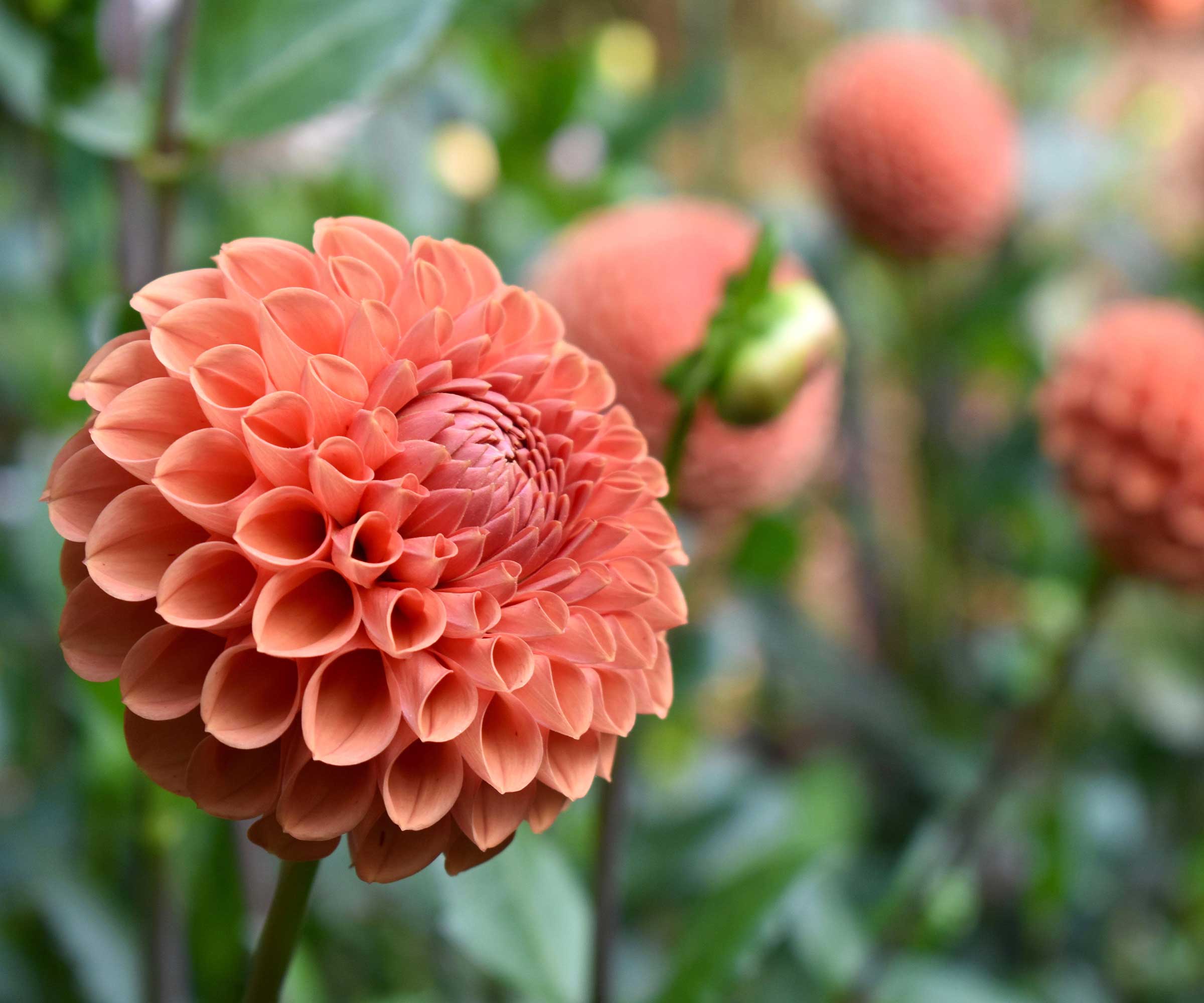
There's a variety of dahlia for every occasion, but for an apricot scheme, the intricate 'Cornel Bronze' is one of the best apricot cut flowers.
'While dahlias begin blooming in summer, the falling temperatures of autumn really seem to bring them alive,' says Meredith Bishop, cut-flower grower of Bloom & Bounty. The rusty-salmon color of 'Cornel Bronze' makes a perfect addition to fall bouquets, she adds.
'Deadhead spent blooms regularly to keep the flowers coming,' Meredith continues. 'Dahlias also benefit from plenty of watering along with a weekly foliar spray of diluted fish emulsion fertilizer (you can also use tomato fertilizer in a pinch).'
These plants are hardy in zones 8-11, but in colder climates, you can overwinter dahlias by lifting the tubers in the fall.

This organic feed from The Grow Co will give your dahlias a boost in nutrients. Simply mix with water before application.
2. 'Just Joey' rose
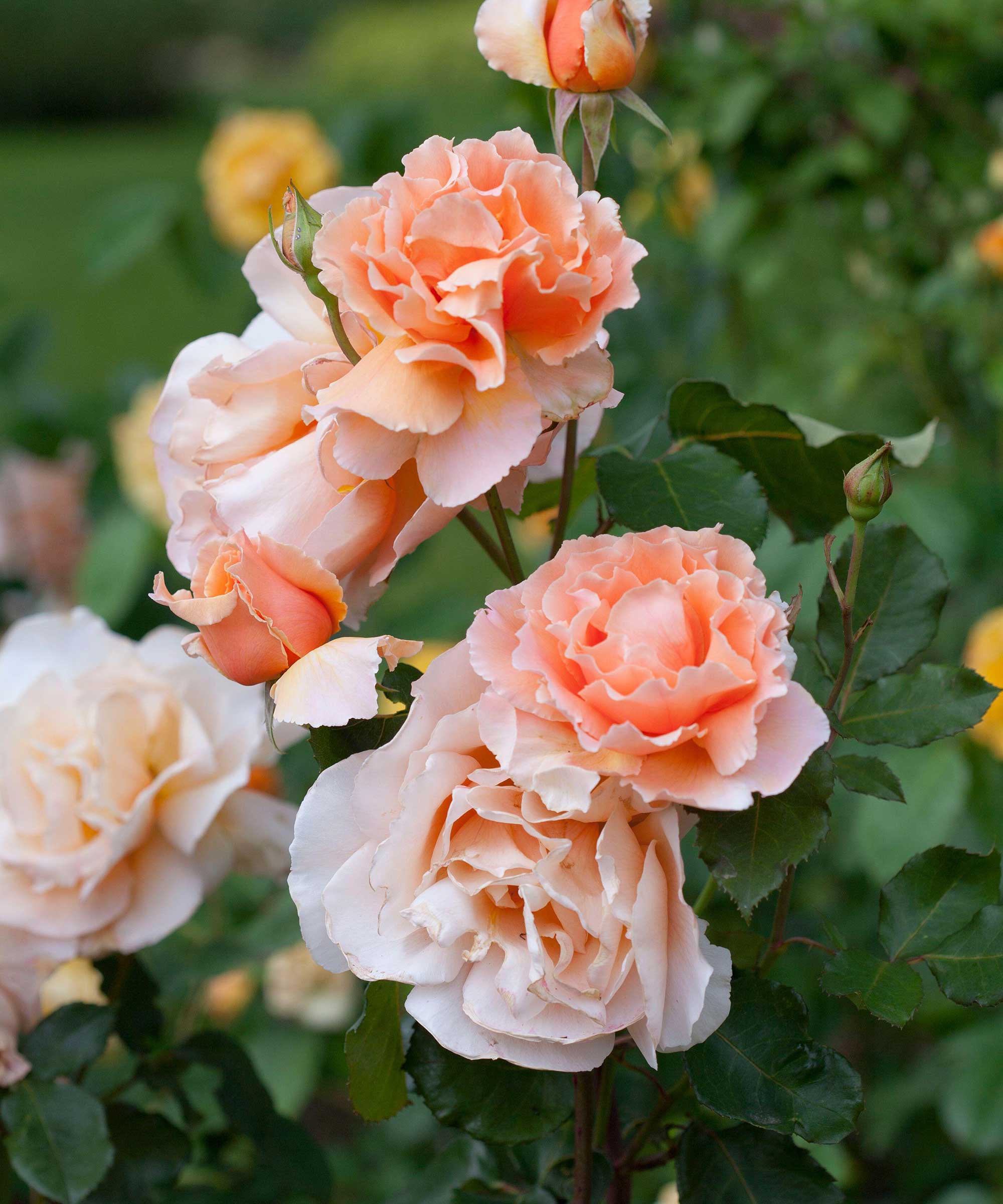
'"Just Joey" is renowned for its sweet, fruity fragrance and large, showy flowers that bring warmth and comfort to any arrangement,' says Nicole Dillon of Breemar Flower Farm.
It's a disease-resistant, award-winning, hybrid tea variety that blooms from late spring all the way into fall. While it looks stunning in a vase indoors, it also looks beautiful amongst a romantic cottage garden scheme.
'Just Joey' roses are available to buy from Nature Hills, and are suitable for hardiness zones 7-9. Like all roses, give it plenty of sun, deadhead spent flowers often, and remember to prune it at the right time for best results.
3. 'Totally Tangerine' geum
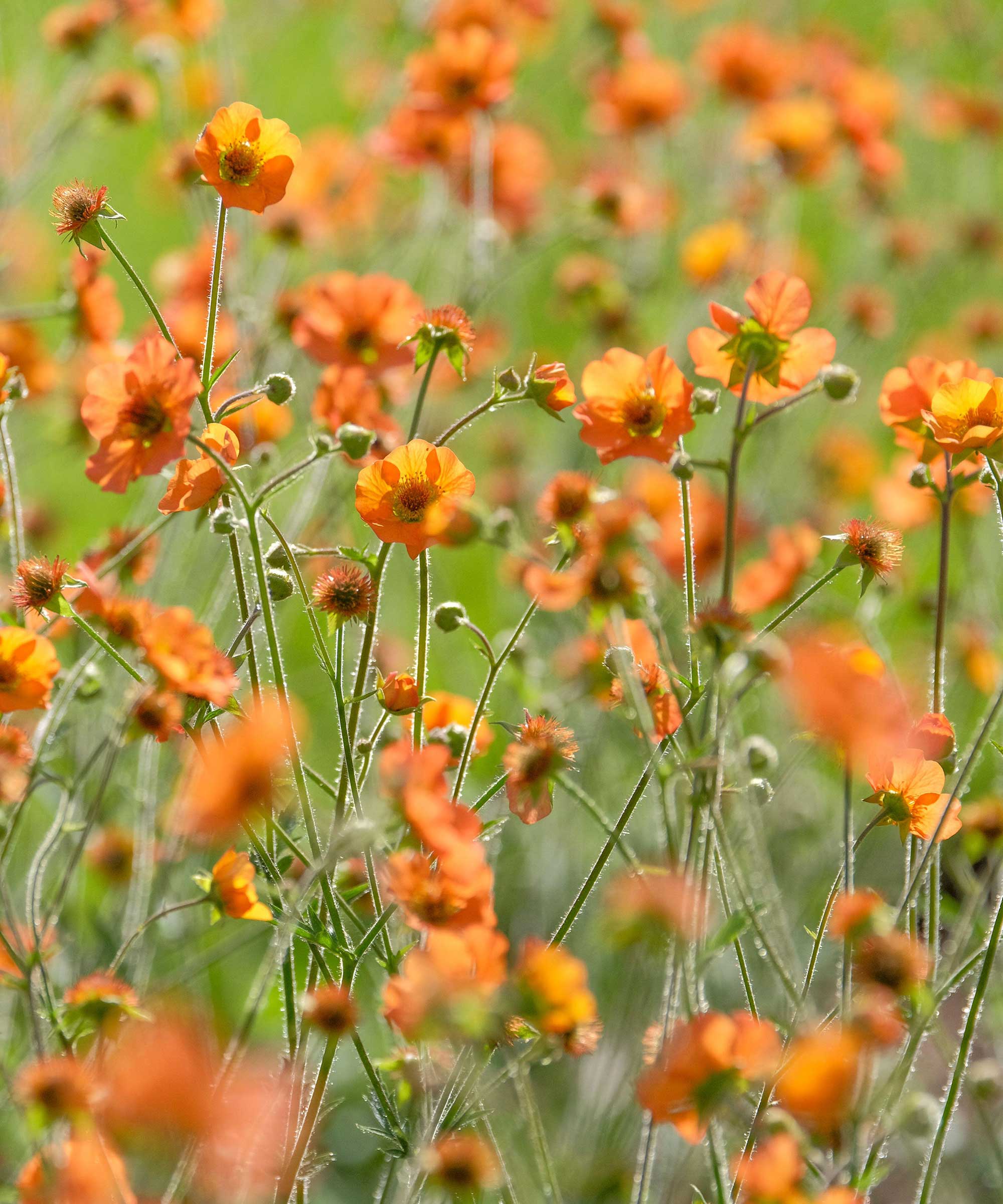
Geums are a pretty perennial with delicate flowers that bloom from late spring into summer. While they can happily grow in full sun, they will also grow in part-shade. Meredith says they look fabulous when mixed among ferns, hostas, hellebores, lady's mantle and Japanese anemones.
The 'Totally Tangerine' variety, which is suitable for hardiness zones 4-7, fits the bill for an apricot color scheme. As Meredith highlights, it sends up 'happy little blooms, with slightly ruffled edges, on some of the longest stems in the geum family of flowers – in some instances, getting as tall as 30 inches.'
Nicole has recently added it to her perennial cut-flower line-up. 'They give off wildflower vibes with their warm color that’s just right. Sometimes oranges can be a little too hot, but "Totally Tangerine" is perfect.'
Deadhead the plants when needed, water them often during hot, dry summers, and divide them every few years to keep them healthy and blooming well.
4. 'Supreme™ Cantaloupe' coneflower

'I love coneflowers because of the long-lasting interest that they bring to the garden,' says Nicole, adding how their seedheads provide texture once the blooms have faded. What's more, these seedheads are good for wildlife. 'Birds, particularly goldfinches, enjoy swaying back and forth on their long stems while enjoying a tasty seed snack.'
'Supreme™ Cantaloupe' is a double-blooming coneflower variety with fluffy-looking centers and gorgeous orange tones. It is suitable for hardiness zones 4-9.
To help these perennials thrive, plant them in a sunny spot, with well-draining soil. As drought-tolerant plants, they are perfect for low-maintenance cutting gardens and make beautiful apricot cut flowers.
5. 'Queen Lime Orange' zinnia
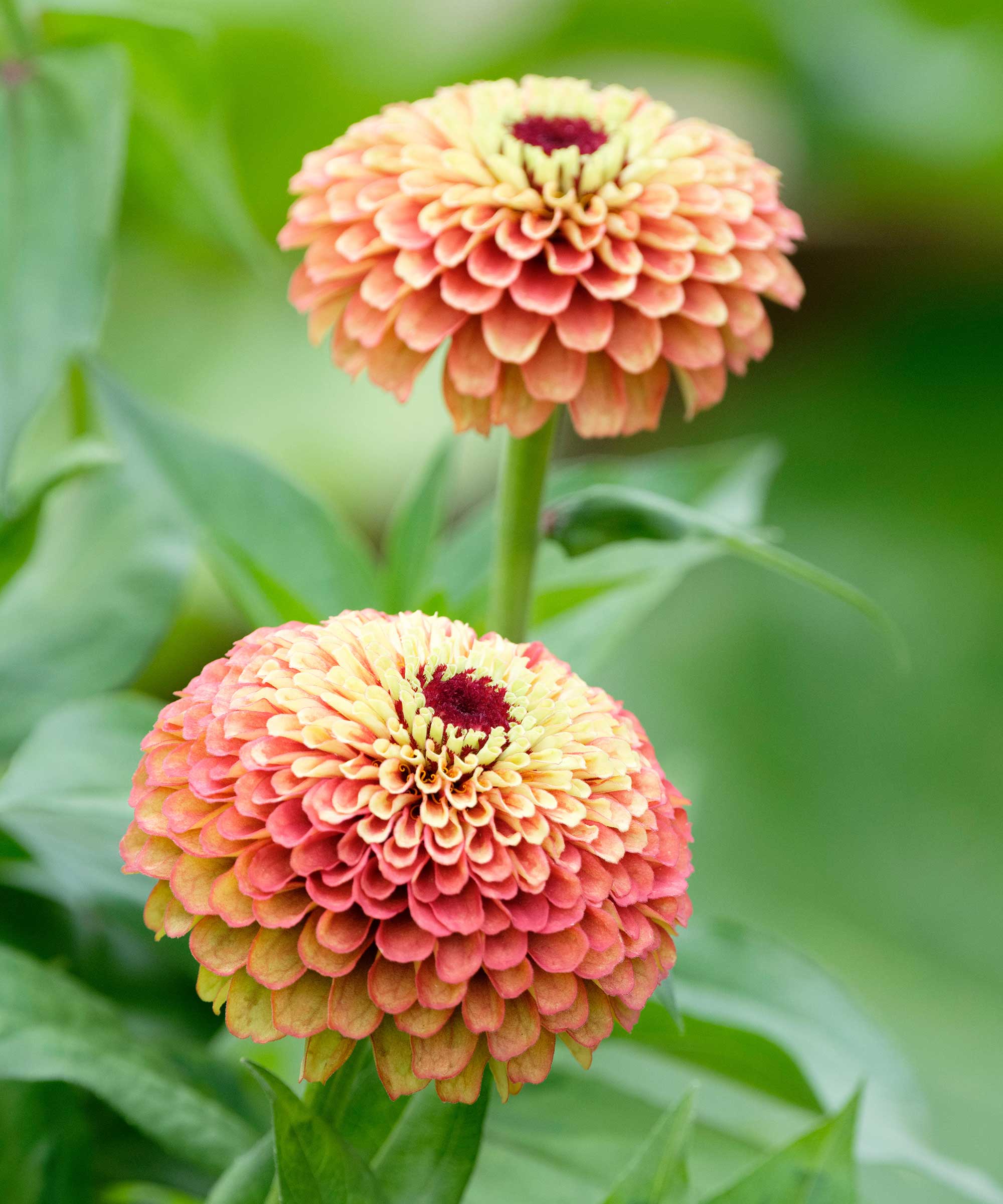
'Queen Lime Orange' zinnias, available to shop from Burpee, turn up the heat with their sizzling shades. 'Like all zinnias, these are cut-and-come-again flowers, meaning the more you cut, the more you are rewarded with new blooms,' says Meredith. They are beautiful alone in a vase or as part of a sophisticated design, she adds.
These annuals are easy flowers to grow from seed. They love plenty of sunshine, but water the plants regularly during hot and dry conditions. Avoid watering the foliage if possible, to prevent the risk of fungal disease.
Top tip: Meredith recommends waiting to cut these flowers until the stem is firm and not flexible under each bloom head.
FAQs
What can you pair apricot flowers with?
Apricot flowers look stunning with other sunset tones, such as soft pinks and yellow, with perhaps a splash of deeper terracotta or wine for contrast. White flowers also work well alongside and bring a touch of quiet elegance.
You could also try adding in some blue flowers as a complementary color to the orange – think nigella, delphiniums, or echinops, for instance.
Are there any cold-season apricot-hued flowers?
Hellebores flower in late winter to early spring, and 'Apricot Blush' and 'Double Peach Blush' suit an apricot color palette. For later spring color, consider growing tulips 'Apricot Giant' or 'Apricot Beauty' which has touches of pink.
Be sure to choose the right vase for your home-grown blooms, to really show them off. Our guide explains how, with plenty of tips from the professionals.







